Interview with Mara, a doctoral student in simulation at the JETS lab at the University of Genoa
Hello! Today’s speaker is Mara Coduri, a Bioengineering graduate from the University of Genoa, and I want to tell you briefly about my PhD in simulation.
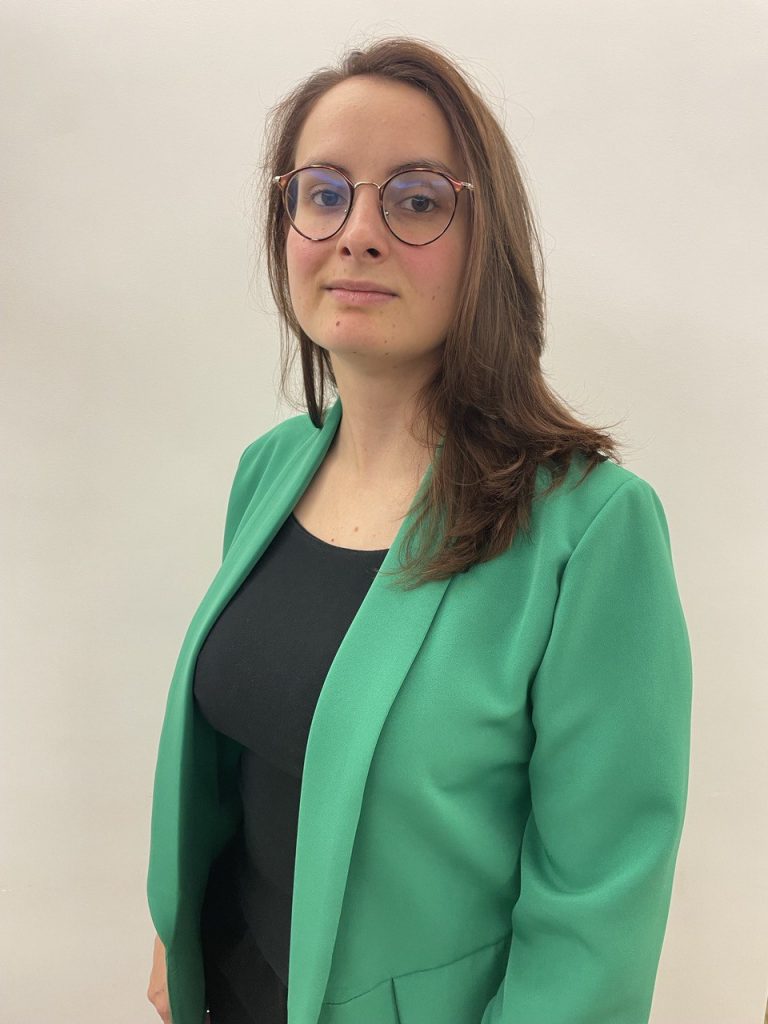
After graduation, I had the opportunity to work as a research fellow, traversing the world of wearable devices and getting closer and closer to electronics. Fate, however, gave me an incredible opportunity when, in October 2021, I met Maura Casadio, Associate Professor, and Serena Ricci, researcher and head of the Joint lab for Emerging Technologies in Simulation (JETS), both from the University of Genoa and my PhD supervisors.
JETS is a joint lab between the SimAv (Center for Simulation and Advanced Training) and the Department of Computer Science, Bioengineering, Robotics and Systems Engineering (DIBRIS), which aims to develop and test the usability of simulators in the field of medical training, making use of different technologies such as virtual reality,, haptic robots and low-cost sensor technology. In the field of surgical simulation, we are exploring the use of haptic robots to train basic skills such as incision and suturing, simulating real and complex situations in a virtual and controlled environment. Thanks to Serena, I had the opportunity to discover the world of simulation, a field that intrigued and excited me from the very beginning.
Entering the world of research and simulation made me realize that I could combine my software skills with my passion for basic electronics and sensing.
I am still a newcomer to this field, as I only started my PhD in January 2022. In this short time, however, I have had the opportunity to explore many aspects of this field, thanks to the research activities carried out in our lab and the conferences I have been privileged to attend, meeting passionate and knowledgeable people in the field.
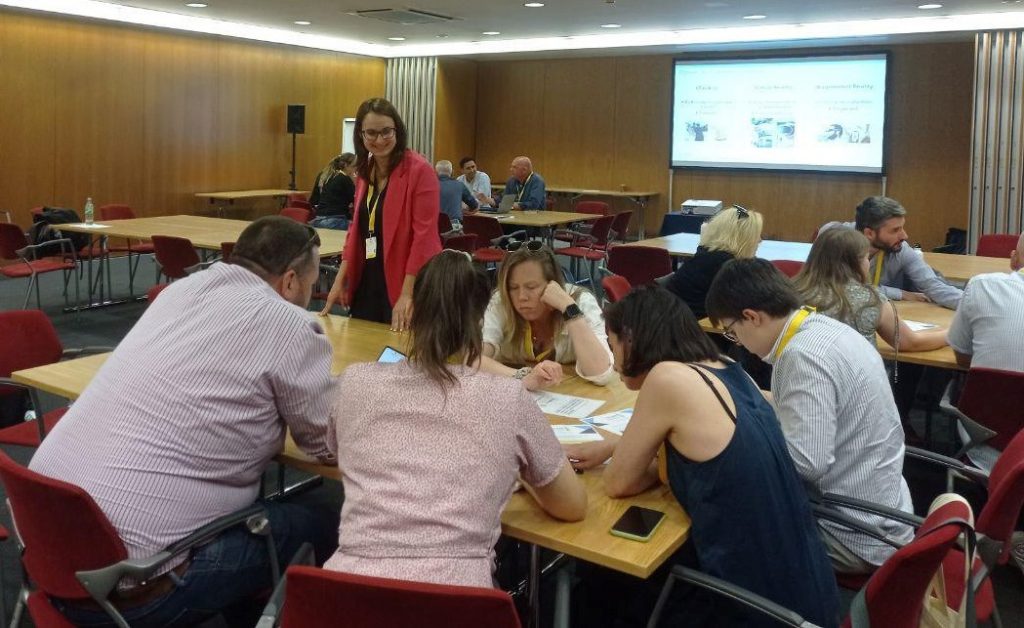

As I entered the world of medical training, I wondered what contribution I could make in this field and what needs I could address with my research project. For my Ph.D., I chose to focus on aspects of maternal-neonatal care in the delivery room, developing a prototype multiplayer mixed reality simulator. The goal is to combine the advantages of virtual reality, which provides immersive and realistic environments, with those of manikin-based simulation, which provides haptic feedback, essential for acquiring manual skills, such as correct positioning of the head or ventilation mask. In addition, for this prototype, I designed and developed low-cost sensors to be attached to the neonatal manikin in order to provide real-time feedback on the learner’s performance.
To date, virtual reality is an increasingly popular technology used for medical training while still having many limitations from a technological perspective. My hope in the course of my research is to find new strategies and technologies to combine with virtual reality to take full advantage of its potential.
In research, the challenges are numerous. In the course of my work, for example, I have found that the number of engineers and technicians involved in simulation is still limited, and finding people with similar backgrounds to mine to compare and exchange ideas is not easy. In addition, there are not many guidelines or standards to follow, making the design phase and the choice of defining validation protocols difficult.
Design choices must necessarily take into account medical needs, and my limited knowledge in this field can be an obstacle. Fortunately, teamwork is always the winning solution, and we have physicians in our lab who are enthusiastic to help and collaborate with us in developing ideas, allowing us to approach problems from different perspectives. In particular, my doctoral project stems from a collaboration with Andrea Calandrino, a Neonatologist and doctoral student in Pediatric Science. The work related to surgical simulation is possible thanks to the continuous support provided by surgeon Giacomo Borgonovo, President of SimAv and Vice Dean of the School of Medical and Pharmaceutical Sciences (DISC), and Michele Minuto, Associate Professor at DISC.
In conclusion, I can enthusiastically say that I am extremely satisfied with my choice and the progress of my work. I look forward to finding out what the future holds for me and what other challenges and opportunities I will encounter along the way.
READ ALSO


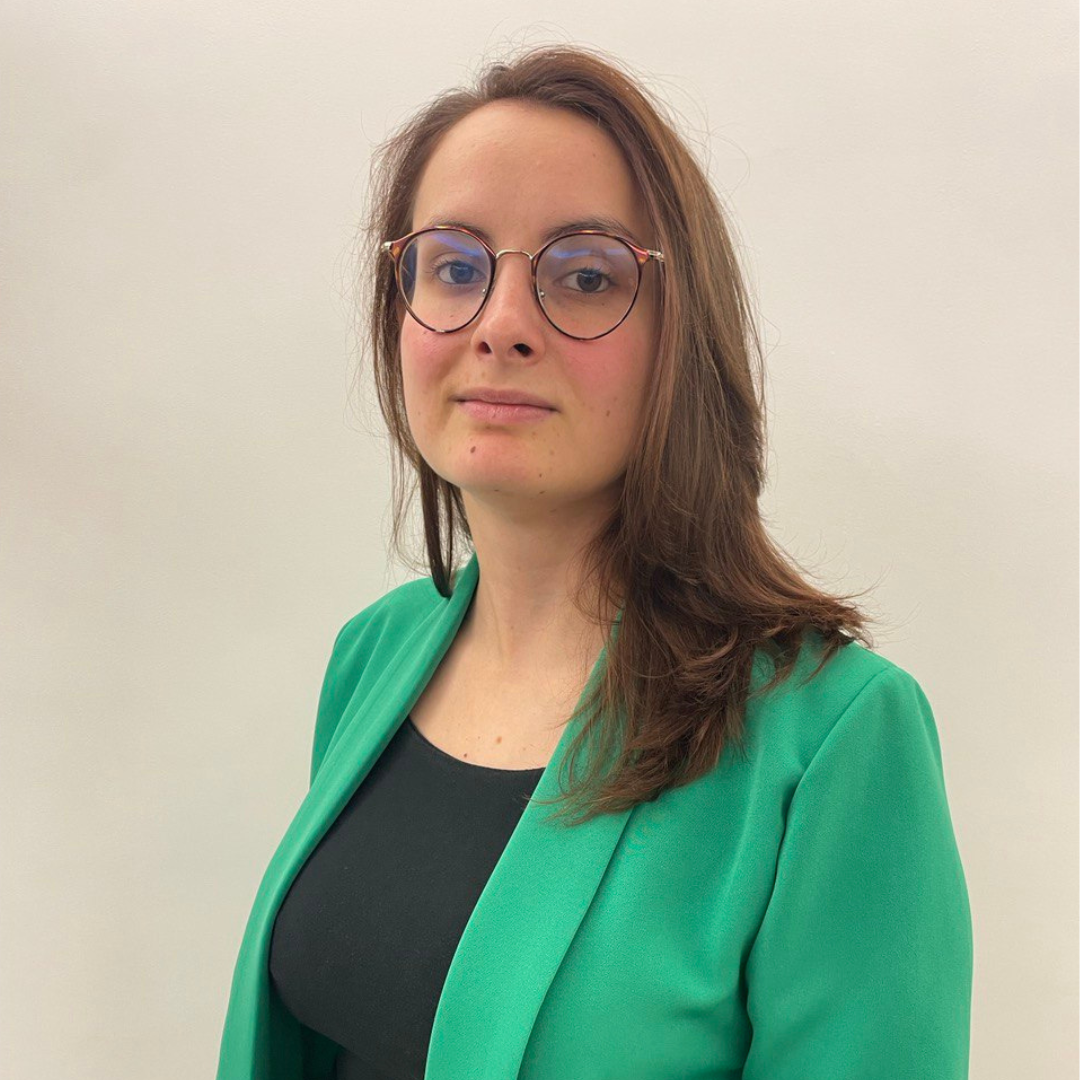
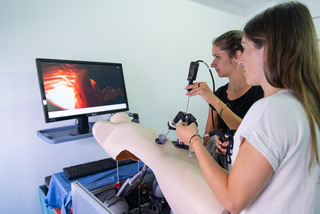




























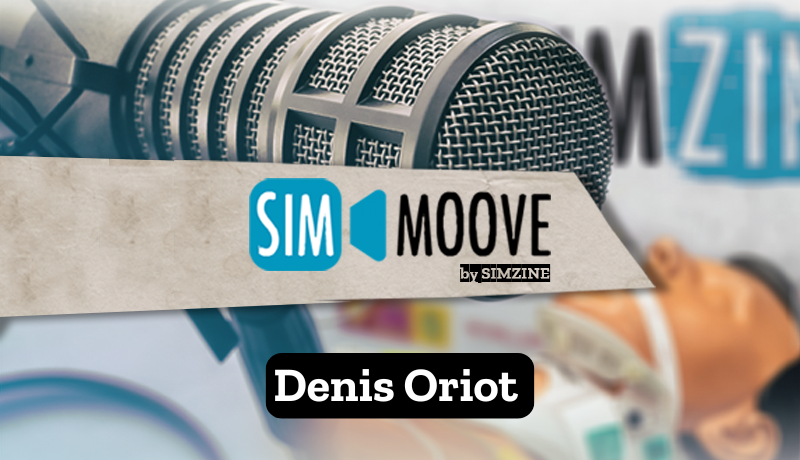







1 comment on “Bioengineering + simulation = Ph.D. at JETS”
Congratulations on your stimulating article Mara. It was a pleasure to work with you, Serena, and Andrea at SESAM 2023. Your focus on simulation in perinatal care is very close to my own! As you point out: dialog with clinical educators is where our work as simulator and model developers should start. Careful with VR technology push! I agree with you on the paucity of the design literature. Note that Tim Antonius’ and my article in SIMZINE 9 is a modest attempt at filling that void. Ciao! Willem